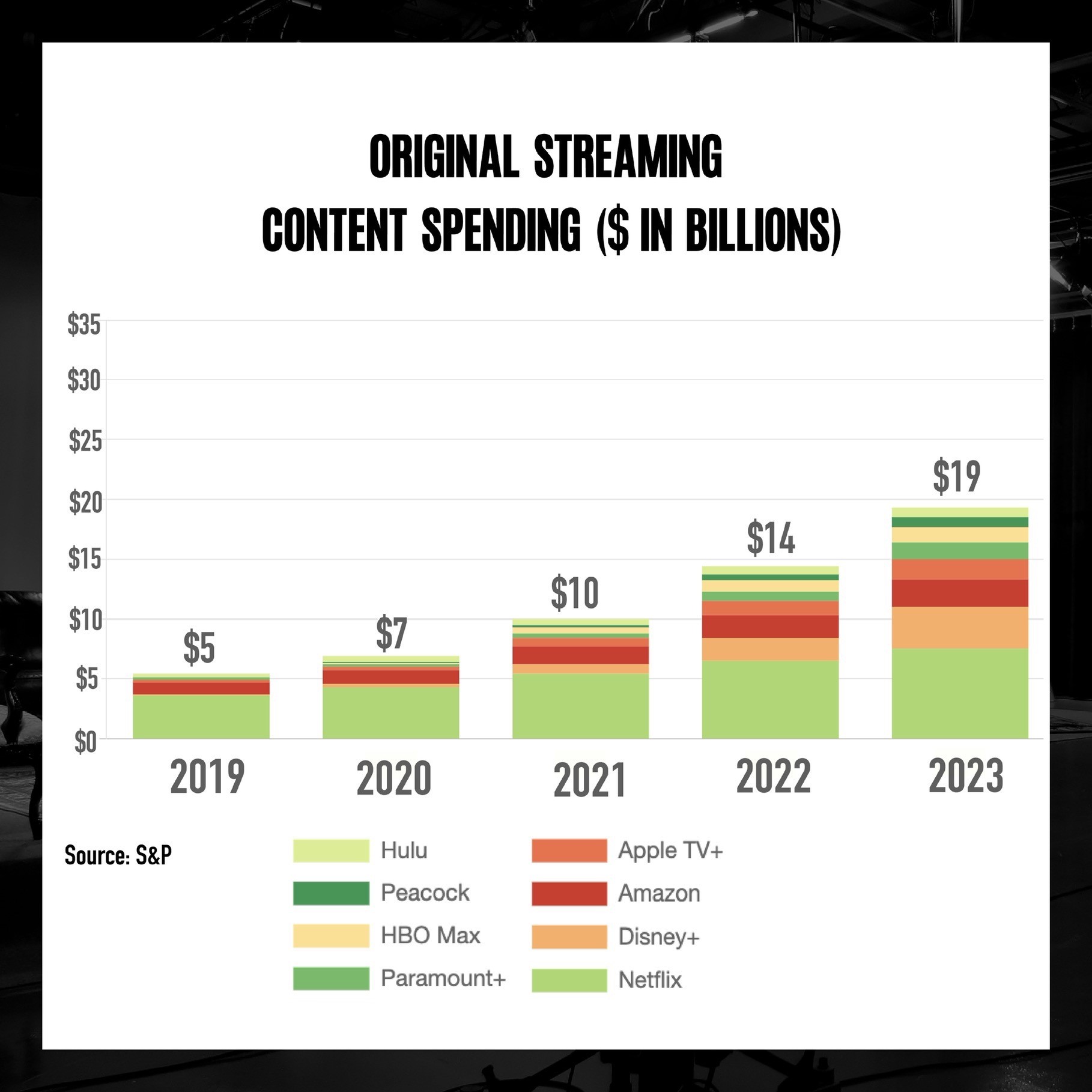You know I’m not one for sales fluff. I like cold hard facts. Make it about game changing innovation as big as the creation of the internet, and I’m all in! So yes Blockchain technology jumps to the top of my “FAVS” List, right next to Rock&Roll, Numbers, and Artistic Gymnastics!
What is Blockchain technology? A highly secure and encrypted database architecture that creates a distributed ledger, one set of records created at the beginning of the trade life cycle where all market participants have open access to the same copy. The Blockchain contains a high degree of trust, and can ultimately lead to more efficient, lower cost, and transparent settlement in minutes, rather than days. Virtually anything of value can be tracked and traded. Yes I said “settlement in minutes”, a thrilling proposition in the realm of cash flow and the beginning of a rising rate environment.
I first brought you my subject matter interest in Blockchain technology in my March Blog post Technology To The Top. I had just attended a Financial Women’s Association event on Blockchain featuring Blythe Masters, CEO and Board Director of Digital Assets Holding, a firm whose mission it is to develop this disruptive technology. Huge thank you to my good friend and trusted entrepreneurial advisor Janet Handal, Co-Chair of the FWA Technology committee and a leading force in the technology space, and Co-Chair Susan Joseph for bringing us this well received event. The FWA is consistently out in front on strategic financial industry issues, since its humble beginnings in the 1950’s, started by eight pioneering Wall Street women. Blythe Masters of course, has been out in front on many strategic changes in financial services. Her steely resolve and brilliance in leading the capital markets and regulatory environment to successful finish on some of the most complex issues the industry has faced, makes her the very best choice, in my mind, to lead this effort. With her March 16, 2016 appointment as Board Chairman of the HyperLedger Project, the global Blockchain community is off to a running start in delivering the most game changing innovation the global transaction marketplace will experience since the creation of the internet! Yes I said “global transaction marketplace”. The language is deliberate as this will cover a broad swath of industries well beyond capital markets, including consumer retail, manufacturing, and near and dear to my heart, the recorded and live music industries; basically any industry where something of value can be tracked and traded.
Since my initial dive into this exciting subject, I have come to learn how far this development effort has evolved. Thank you to my friend and industry colleague, Bhavin P. Kapadia, who invited me to hear him speak on a Blockchain panel, sharing his intent to learn more and be out in front on the delivery of this technology to OTC derivative settlement. A four person panel convened at a May 2, 2016 event for the newly created Hyperledger NYC Meetup Group, a very informative gathering chock full of technology experts leading the global Blockchain effort. The meetup group event was organized and moderated by Renat Khasanshyn, Altoros Founder and CEO, an engineering visionary from Belarus who wants to change the world; already with an impressive resume of accomplishments building complex applications using cutting edge technology. He started the Hyperledger-NYC meetup group specifically because he wants the HyperLedger project to become the #1 platform of blockchain-based decentralized applications. He is committing time, energy, and money into this new group, with an approved 2016 budget, and is happy to hear from others who wish to contribute to the success of this effort.
The HyperLedger Project is an open sourced effort to foster collaboration in the early stage development of this transformative technology. On Feb 9, 2016, the Project announced 30 founding members & code proposals to advance the technology. On March 29, 2016, they elected leadership positions and gained new investments. Learn more here. The technical community is just getting started in their review of proposed ideas, making this an ideal time to step forward and influence the discussion, more on the HyperLedger Community. Some of the most innovative firms in the world are actively engaged including the CME Group, Deutsche Borse, Thomson Reuters, DTCC, Goldman Sachs, JP Morgan, BNY Mellon, Wells Fargo, State Street, and Cisco to mention a few. Consider getting involved. Join HyperLedger Project.
The Project is supported by The Linux Foundation, the largest open source non profit organization in the world supporting kernel development and fostering a thoughtful environment for the open exchange of ideas. To join the HyperLedger Project, you must be a member of the Linux Foundation.
Another project important to the Blockchain discussion, is the Ethereum Project, led by the Swiss founded Ethereum Foundation. Ethereum is a decentralized platform that runs smart contracts on a custom built blockchain. ConsenSYS, a venture production studio with impressive technology talent spanning four continents, creating next generation app technology on the Blockchain focused primarily on Ethereum, sent two key people to participate on the meetup panel.
It’s an exciting story developing across the globe, at IBM Innovation Labs in Durham, NC, at the NYU Varick Incubator in lower Manhattan, at emerging blockchain software firms from Silicon Valley to Silicon Alley, across Europe and Asia, to Sydney, Australia where banking competition is fierce among the country’s largest four Banks, and technology innovation is key to differentiation, as noted in the final panel discussion by Sophie Gilder, Blockchain Innovation Manager at Commonwealth Bank in Sydney, Australia.
The first panel “HyperLedger vs Ethereum – A Battle for Blockchain, or a Match Made in Heaven” featured
- Tom Menner, Senior Solution Architect at IBM
- Bhavin P. Kapadia, Independent Consultant delivering OTC Derivatives Trading Platform Implementation at Wall Street Investment Banks
- Igor Lillic, Full Stack Software Engineer at ConsenSYS
- Andrew Keys, Business Development, Investor Relations, and Strategy for Hub and Spokes at ConsenSYS
A large group from IBM was in attendance as IBM’s Open Source Blockchain is a key component of the Hyperledger Project. Distinguished IBM fellow Jerry Cuomo, one of the founding fathers of IBM Websphere Software, and current Vice President of Blockchain Technologies at IBM, a new business unit within the IBM Cloud Group, is leading the group based in Durham, North Carolina. More on his perspective. Also contributing greatly to the IBM effort is Frank Lu, Product Line Manager for Blockchain, Sharon Weed Cocco Director Blockchain Technologies Development, Wolfgang Kulhanek IBM Cloud Architect, and Catherine Hickey IBM Hybrid Cloud Sales, a forward thinking and veteran group of people happy to share their knowledge and excitement for this effort.
It was a thoughtful and engaging panel discussion with great audience question and participation, reaching an important conclusion that the HyperLedger and Ethereum projects are complementary. This is encouraging as Ethereum’s blockchain implementation has gained recent attention, despite some concerns as to their establishment under the General Public License (GPL) which limits protections for unique technology development down the road. More on this from Altoros. I look forward to learn next steps on this collaboration.
So yes Blockchain technology development is happening! What is Wall Street’s reaction? The Depository Trust & Clearing Corporation, who oversees the entire stock settlement system, co-owned by the biggest investment banks and key financial industry players, and now a member firm of the HyperLedger project, is calling on capital market firms to get on the band wagon and support Blockchain collaboration. Yes DTCC is getting out in front on this, staking a claim to offer the market’s major players the opportunity to mobilize and influence next gen Blockchain products. It’s an interesting play, as this technology is clearly a threat to the DTCC business model. ‘Wall Street has learned a lesson from Silicon Valley, that embracing your biggest threat is the only way to prevent yourself from being overturned.” Wall Street embraces the Blockchain.
Of course Wall Street Banks are hungry for the prospect of sweeping cost savings in the middle and back office, and accounting shops. Accordingly, the potential for regulatory capital savings is huge, estimated to be in the billions of dollars. Further, this news is particularly timely, as implementation of SEC Rule 613, The Consolidated Audit Trail (CAT) moves forward. First introduced in October 2012, CAT seeks to embellish certain OATS limitations, specifically as to client identification. The current proposed timeline suggests this could potentially go live in early 2018. There is tremendous concern as to the cost of this development. The Blockchain could solve this huge cost issue. CAT overview.
Some other use cases that come to mind include:
- Consumer Purchase Platforms – Improved Cash Flow and Automation of Accounting & Audit functions
- Trading Technology – Automation of Market Data Reporting and Billing
- Recorded Music – Private sector creation of a Music Rights database with a unique universal identifier structure
One final shout out to the group that started my journey into the Blockchain domain. A key and growing group of global FinTech leaders, The FemTech Leaders Meetup Group engages technology visionaries across the globe with groups currently in New York, London, Copenhagen, Sidney, and Singapore. This group was founded by a savvy and engaged leader in the global FinTech community, Ghela Boskovich, Director of Global Strategic Development for Zafin, a firm with a relationship banking technology platform offering customer centric product innovations while driving revenue, transparency, and operational efficiencies for their clients. I first learned about this group from my FWA friend, the very astute and articulate Cornelia Levy-Bencheton, a global Marketing and Communications Strategy thought leader in the technology and digital space. I highly recommend her two recent publications delivered by O’Reilly Media, “Women In Data” and “Data, Money, and Regulation: The Innovation Dilemma”.
Of course, no one walks on water, even those delivering transforming technology. Capital markets developers will remind you of the ongoing, yet to be solved issue of evolving and inconsistent “ticker symbology”, a huge nut still to crack. Will the prospect of trading P&L improvement, following the 2008 near collapse of the financial system and the onslaught of costly regulation that followed, get everyone focused? Perhaps. Stay tuned … Welcome To The Jungle!







